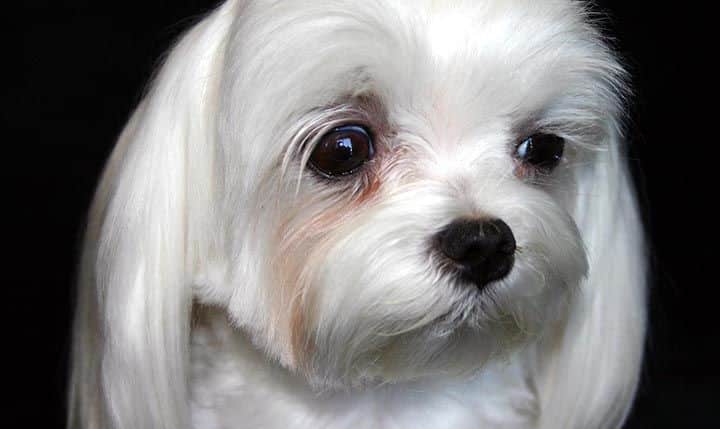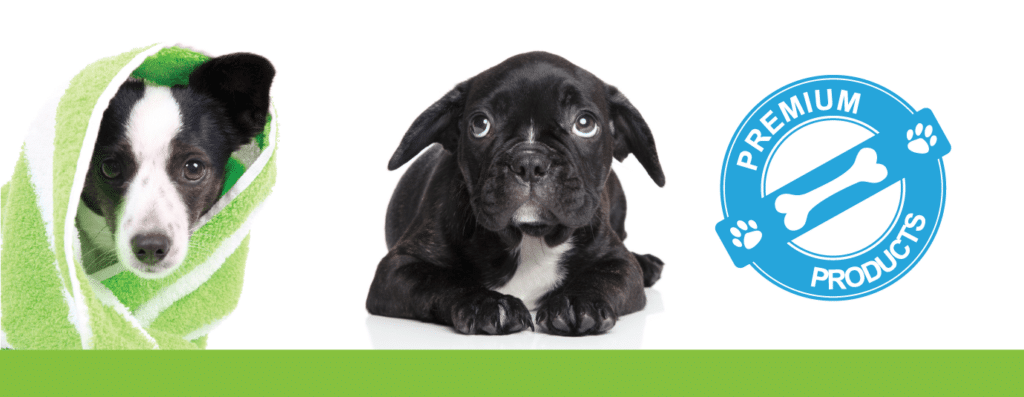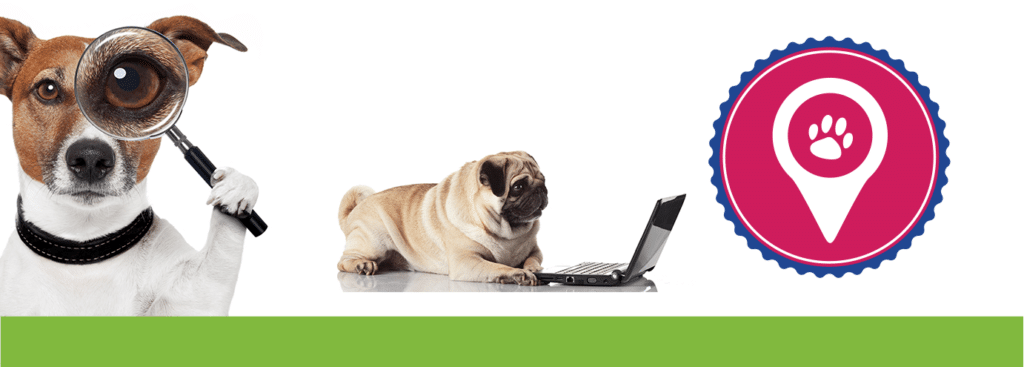Dog Grooming the Eye Areas
A common problem with dogs during dog grooming is tear staining. This staining can result in irritation. Redness around the eyes, and dark trails flowing down a dog\’s snout starts occurring. This is common in breeds like Shih-Tzus and poodles. Excessive tear production is a malady called epiphora. This can also take place there if tear drainage is inhibited.
Tears are the bodies natural response to keep eyes moisturized. They flush away any foreign bodies that come into contact with cornea. Grass, rocks, or mulch can often brush up into a dog\’s eyes. Dogs often have dark trails of tears that can be cleaned with a warm paper-towel during dog grooming. The problem is when epiphora becomes chronic.
If constant moisture develops around the eye it can be a breeding ground for bacteria and yeast. If bacteria or yeast build up occurs a red staining will accrue from a pigment called porphyrin. This can be problematic because dog will often paw at the irritation which can make it acutely worse. When this happens, it needs to be addressed past routine dog grooming. Splash and Dash for Dogs strongly recommends you visit a veterinarian.
Diagnosis and Frequent Problems
If your dog is experiencing chronic epiphora you should consult with a veterinarian or ophthalmologist for a proper diagnosis. A vet will examine your dog to ensure no persisting foreign bodies are lodged in the cornea. Rocks, dirt, or mulch can embed in dog\’s eye which needs to be flushed away.
Usually vets will administer a fluorescein stain. This stain allows vets to see if they are any corneal ulceration or obstructions.
Another typical cause for epiphora is when eyelashes grow abnormally. This is called distichiasis, or ectopic ciliun. It happens when the lash grows inwardly, facing the cornea. The lash will rub against your dog\’s eye, because it facing the wrong way.
This is common in long haired dogs like Cocker Spaniels and Golden Retrievers. But it can also affect short haired breeds like Dachshunds.
Other primary causes of chronic epiphora include conjunctivitis, uveitis, and even glaucoma. In these cases, surgery or more serious medical treatment needs to take place. This addressed the underlying problem.
Epiphora is not always caused by excessive tear production. It can result because of blockage to the ducts in the eye that allow tear drainage. Tears exit the eye through holes called puncta. Puncta lead to the nasolacrimal ducts. These ducts flow toward the nose which then exit the body in a natural way. This is why dogs and humans often sniffle or sneeze while tearing.
In Some cases the nasolacrimal duct has not been developed correctly. Chronic epiphora has blocked the duct and leads impeding tear drainage.
Treatment
The veterinarian will diagnose your dog. The next step your veterinarian will take is remedying the cause of epiphora. If the underlying problem is simple like a foreign body lodged in the eye, a vet will flush the eye. This includes all passage way in the tear ducts. This removes any debris and normal tear flow can begins. Then Swelling, irritation, and reddening will all go away.
If the underlying problem is an abnormal eyelash called distichiasis. If this is the problem, your dog may need surgery. The two most common methods for destroying hair roots are cryosurgery and electrolysis. These are simple procedures that will remove the abnormal eyelash.
If the nasolacrimal duct has not developed correctly minor surgeries need to take place to open the nasal cavity. Surgery will open the puncta and tears will begin to drain.
If is a more serious disease is causing the epiphora like glaucoma, the treatment will focus more on healing the primary condition. Once your dog\’s health betters, swelling will resolve and the nasolacrimal gland will become unobstructed.
Home Remedies and Easing Discomfort
Dog grooming needs to happen around every three weeks to protect your dog\’s eyes, nose, and paws. This is especially true for long haired dog\’s. Routine dog grooming helps to stop acute problems from developing into serious issues. This keeps your dog healthy, and saves money in long run.
Ask your groomer to trim hair around the eyes, and to wash away tear stains with a warm towel. A good groomer should already being doing this!
Dog eye washes are available and will help moisturize and clean. If your dog is pawing at their eyes or snout, you can use a cone or Elizabethan collar to stop scratching.
Tear staining removal products are also available. Splash and Dash for Dogs strongly recommends seeing a veterinarian before using such products. Tear stain removal products mask the disease making it harder for diagnosis and treatment. These products do not address the underlying problem, and can further the epiphora.



